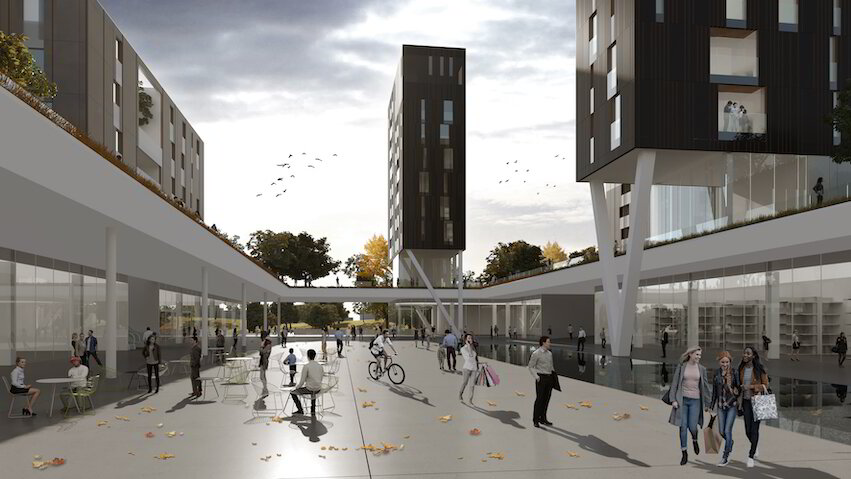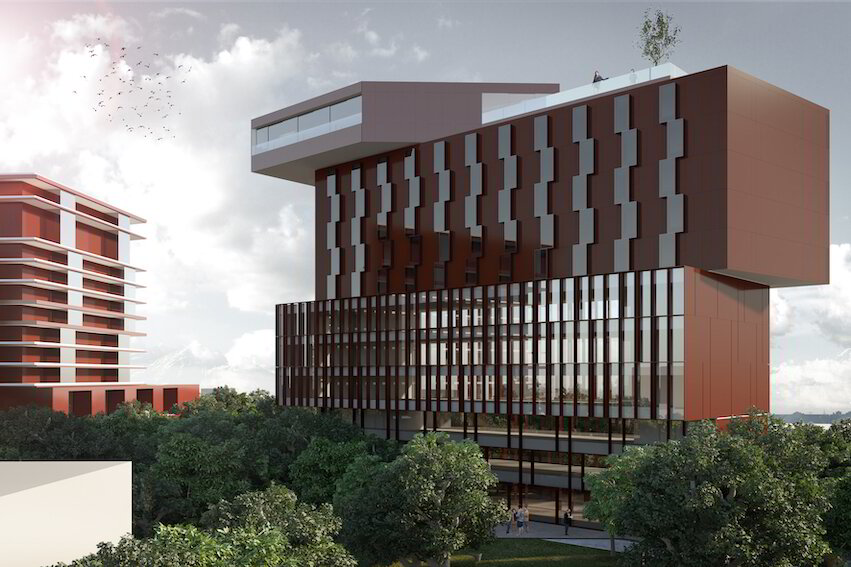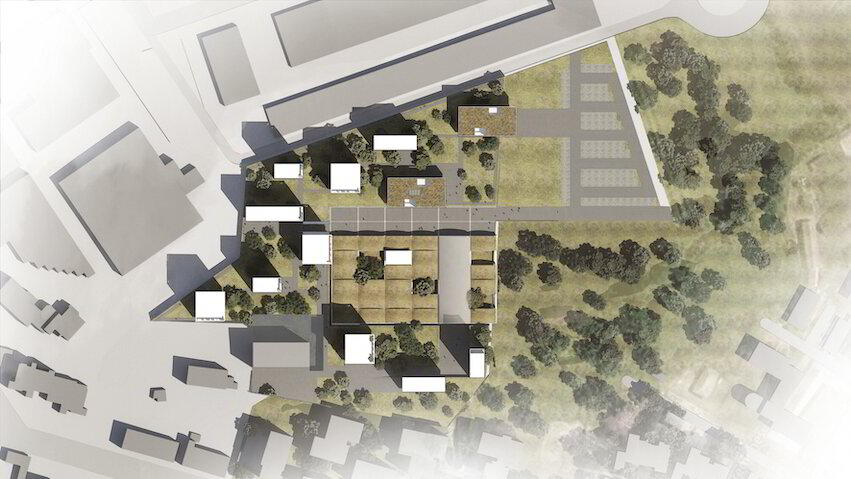In the practical sense, it is about respecting people and their culture, analyzing the history, traditions and energy of the places, interpreting these elements without distorting them. To achieve this, a multidisciplinary, authentically sustainable and ethical design vision must be shared by all stakeholders, thus generating both structural and economic benefits. The winning formula lies in the ability to create a community of shared values that, I must say, today exists and is growing rapidly, especially as a result of the last post pandemic years.
Besides this, being ethical is above all a choice of life. Each of us can play a part in this, starting from the education of our children, transmitting positive energy and values to the people we work with, being attentive to the environment and the sensitivity of those around us. Thus, my answer is that ethics is an integral part of our time and the way we understand it, and if we apply it consistently in our daily lives, both private and professional, benefits our community and everyone we work with.





